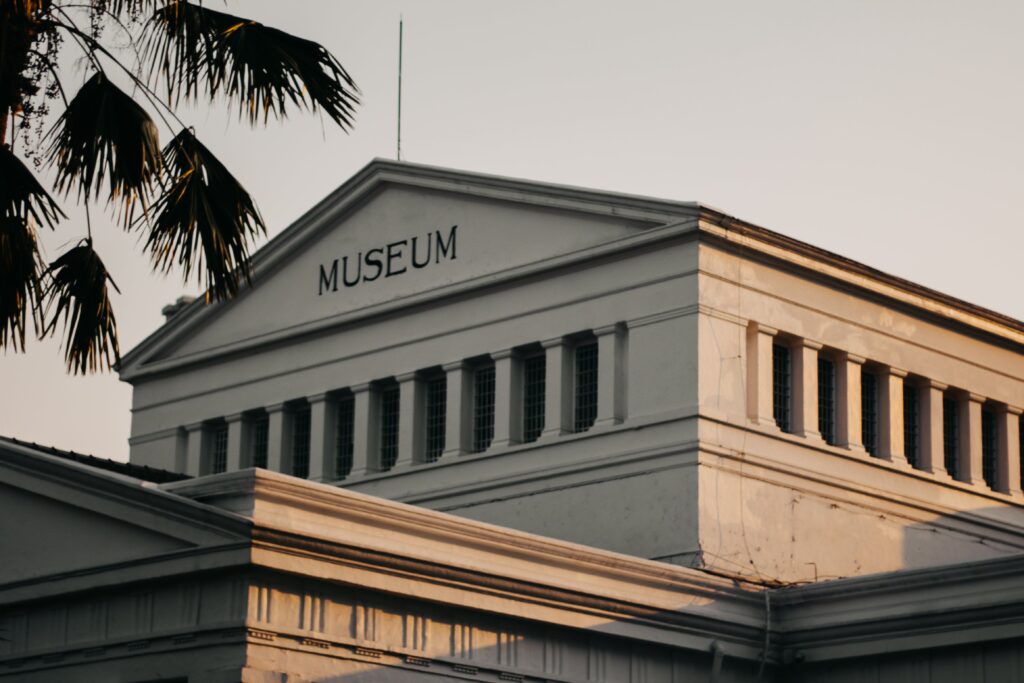Introduction
In a world increasingly interconnected by technology, the traditional boundaries of museum visits are expanding into the digital realm. This article explores the growing trend of global museums embracing virtual reality (VR) to offer immersive and accessible experiences. From the Louvre in Paris to the Smithsonian in Washington, museums worldwide are leveraging VR technology to break down geographical barriers and provide individuals from every corner of the globe with an unprecedented opportunity to explore cultural treasures.

The Global Reach of Virtual Museums
Virtual reality has emerged as a game-changer for museums aiming to extend their reach far beyond physical locations. Through VR platforms, users can don a headset and step into the hallowed halls of renowned museums without leaving their homes.
High-definition replicas of artifacts, interactive exhibits, and guided tours narrated by experts create a remarkably authentic experience. This global accessibility not only broadens cultural exposure but also enhances the educational potential of museums, making art, history, and science available to individuals who might never have the opportunity to visit these institutions in person.
Challenges and Future Prospects
While the adoption of virtual reality in the museum sphere presents exciting possibilities, challenges persist. Issues such as ensuring accurate digital representations, addressing the digital divide, and maintaining the financial sustainability of virtual initiatives require careful consideration.
However, the potential benefits, including increased cultural exchange, enriched learning experiences, and the democratization of knowledge, point to a future where virtual reality becomes an integral aspect of the global museum landscape. As technology continues to advance, virtual museums have the potential not only to coexist with physical institutions but to enhance and complement the world’s cultural tapestry.
Conclusion
Virtual reality is reshaping the world of museums, offering a revolutionary means for individuals worldwide to engage with cultural and historical artifacts. As global museums embrace VR, they bridge the gap between continents, bringing people closer to the wonders of the world’s cultural heritage. This transformation signals a new era in which the universal language of art and history transcends geographical constraints, fostering a more connected and informed global society.

